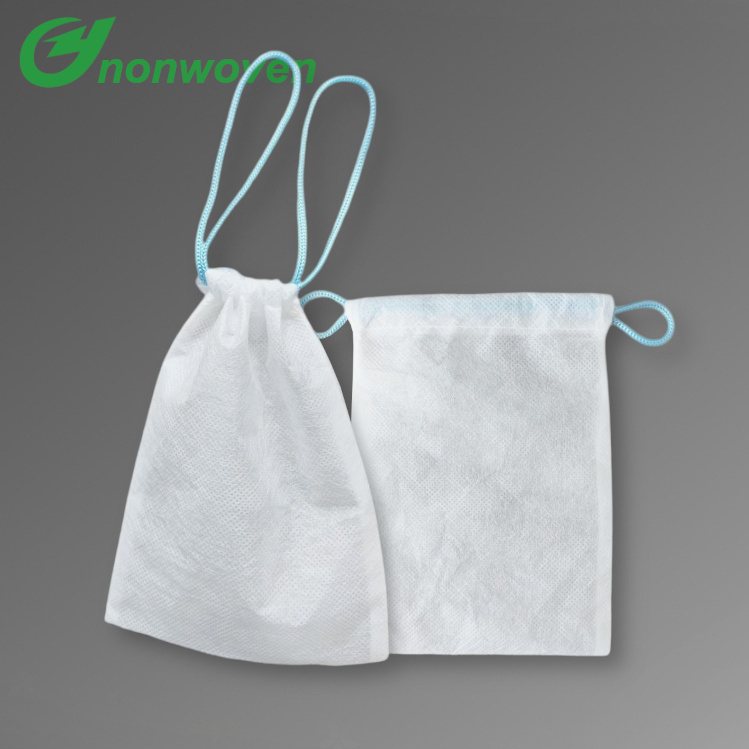Understanding PLA Nonwovens: A Sustainable Textile Revolution
2024-07-23
Introduction
In the quest for sustainable and eco-friendly materials, polylactic acid (PLA) nonwovens have emerged as a game-changer in the textile industry. Derived from renewable resources like corn starch or sugarcane, PLA nonwovens offer a promising alternative to traditional synthetic fabrics. In this blog, we'll explore what PLA nonwovens are, their benefits, and their applications across various industries.

1. What are PLA Nonwovens?
PLA nonwovens are textile materials made from polylactic acid fibers. Unlike traditional woven fabrics, nonwovens are created by bonding fibers together through mechanical, thermal, or chemical processes. PLA fibers are derived from fermented plant sugars, making them biodegradable and compostable, which significantly reduces their environmental footprint.
2. Environmental Benefits of PLA Nonwovens
The primary advantage of PLA nonwovens lies in their sustainability. Being derived from renewable resources, they contribute to reducing reliance on fossil fuels. PLA nonwovens are biodegradable, breaking down into natural components over time without releasing harmful chemicals. This makes them an excellent choice for single-use products and applications where environmental impact is a concern.
3. Applications in Various Industries
- Healthcare: PLA nonwovens are used in medical textiles such as surgical gowns, masks, and wound dressings due to their biocompatibility and hypoallergenic properties.
- Agriculture: They serve as mulch films, seedling bags, and plant covers, offering a sustainable alternative to traditional plastic films that can harm the environment.
- Consumer Goods: PLA nonwovens are found in hygiene products like diapers and sanitary napkins, providing comfort and sustainability.
- Packaging: Their use in packaging materials ensures products are protected while minimizing environmental impact.
4. Performance Characteristics
PLA nonwovens are known for their excellent breathability, moisture management, and softness, making them suitable for a wide range of applications. They also possess good mechanical properties, such as tensile strength and durability, ensuring that they perform well in demanding environments.
Conclusion
PLA nonwovens represent a significant step forward in the development of sustainable textiles. By leveraging renewable resources and offering biodegradable solutions, they are paving the way for a greener future. As industries continue to prioritize sustainability, the adoption of PLA nonwovens is likely to grow, driving innovation and reducing environmental impact.


